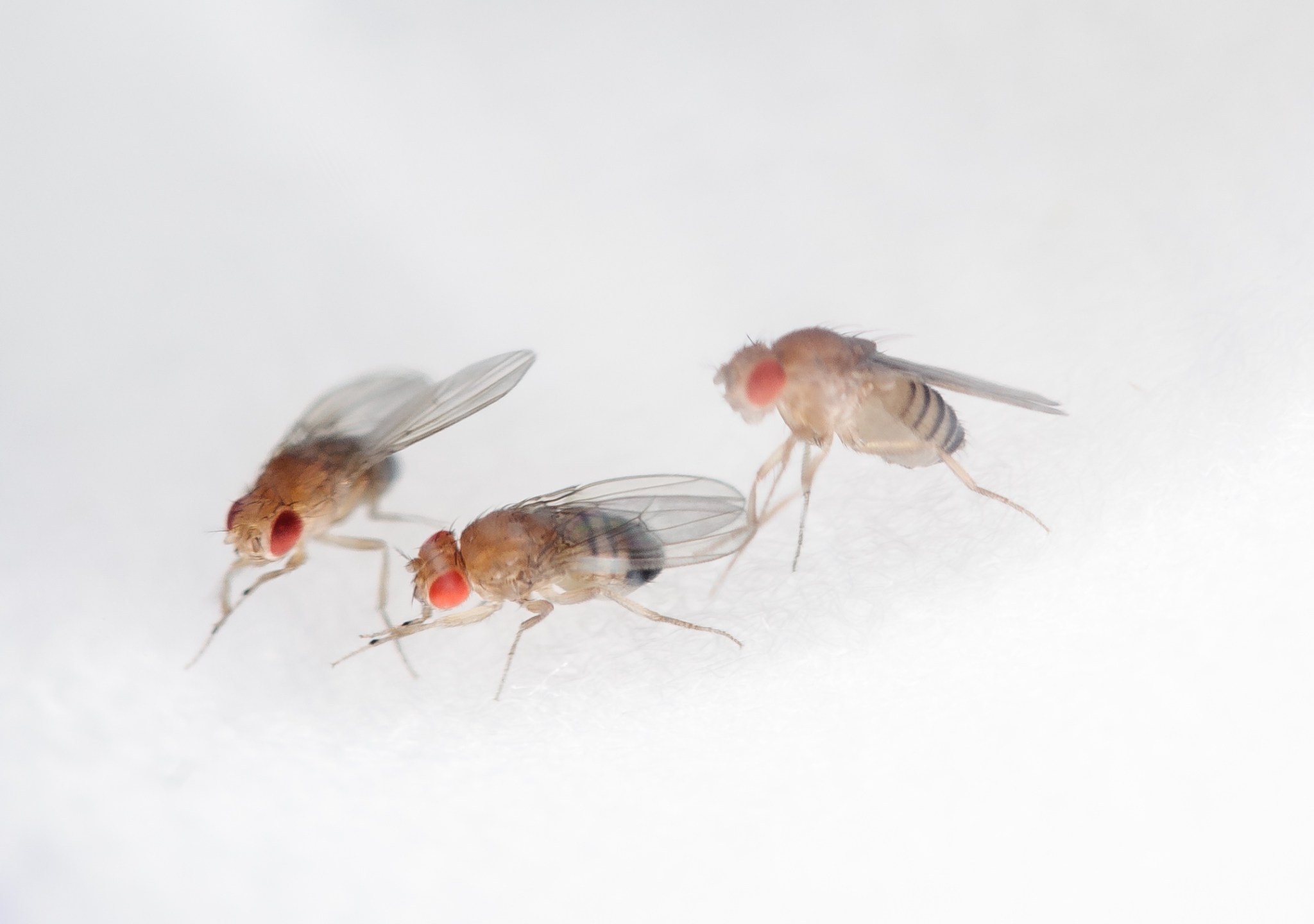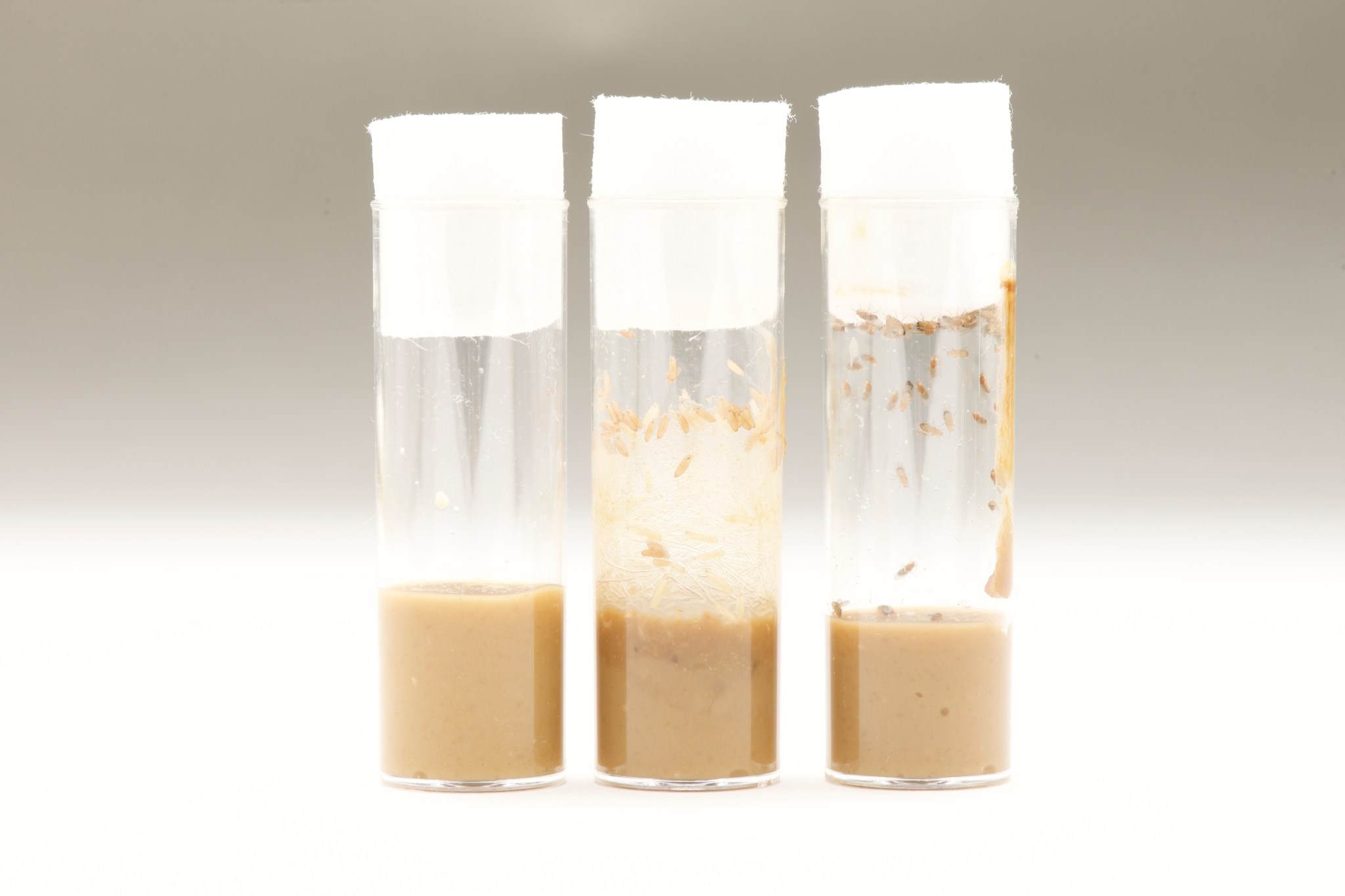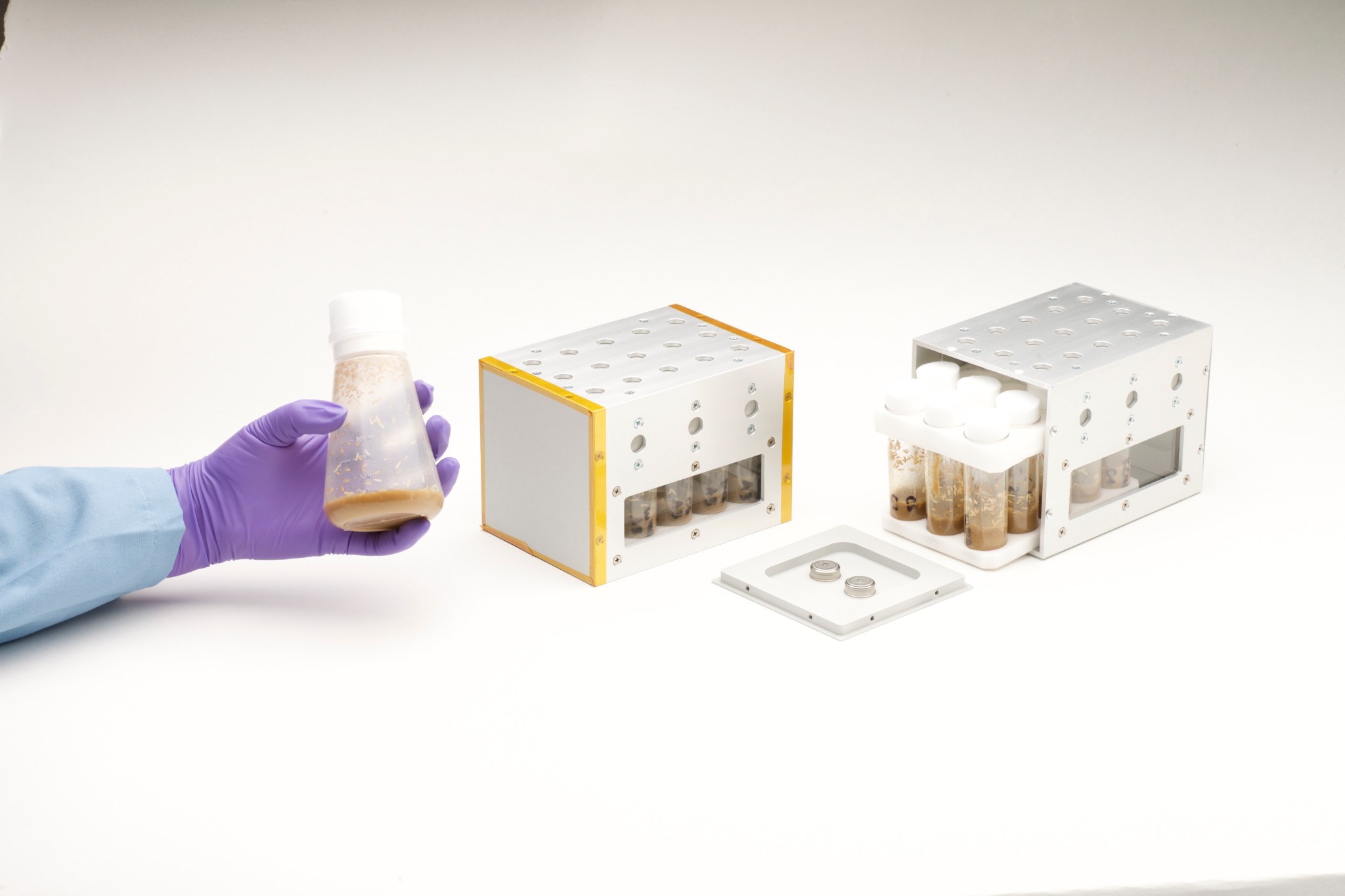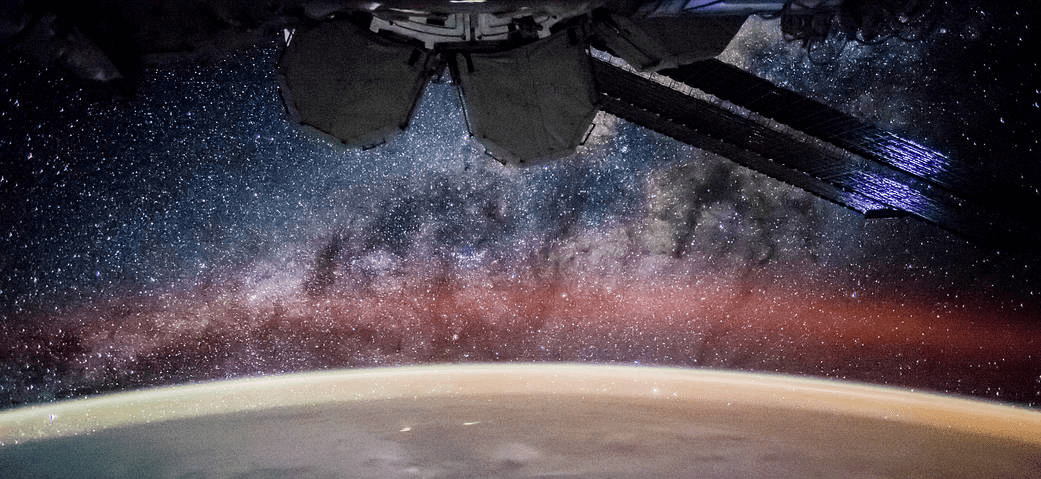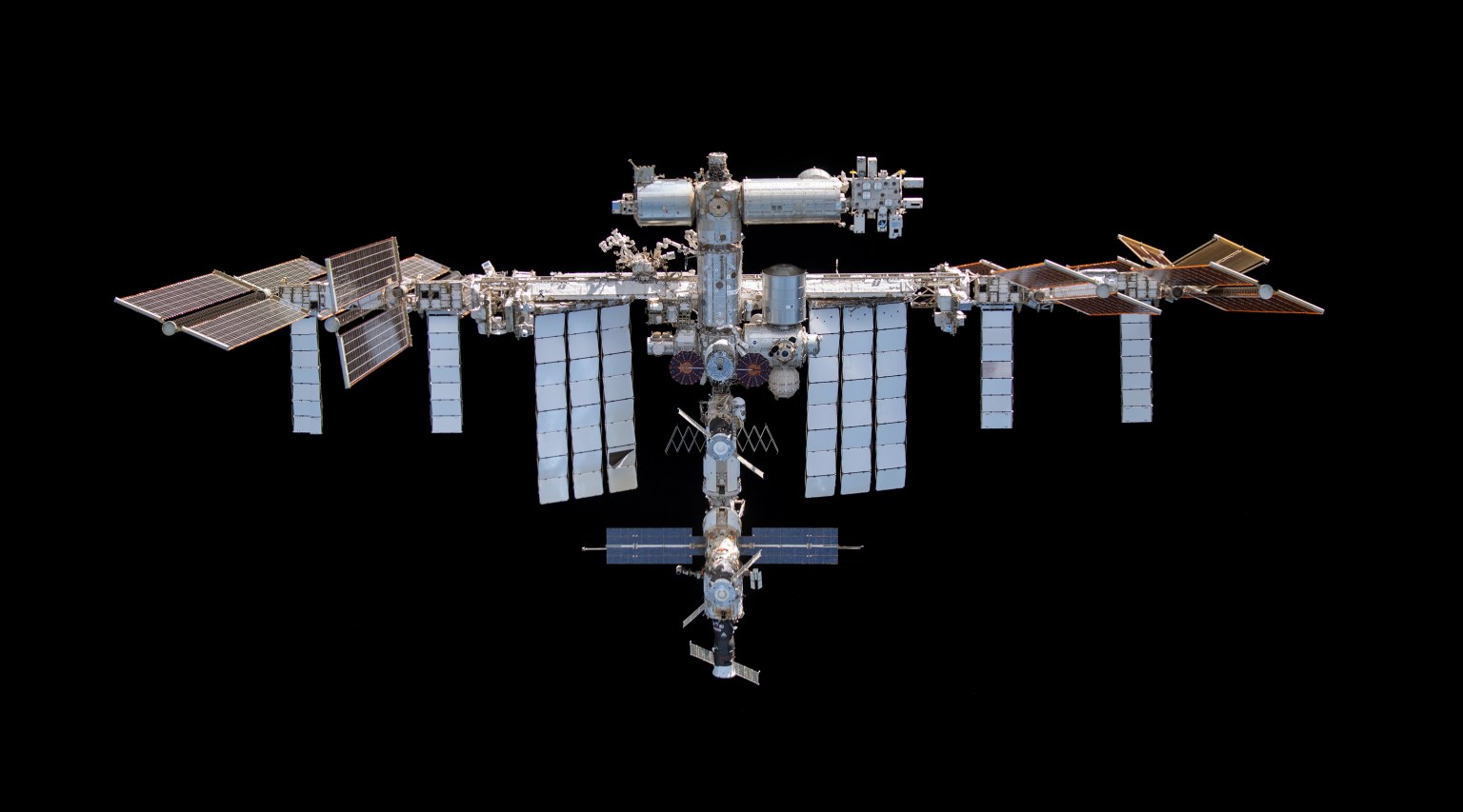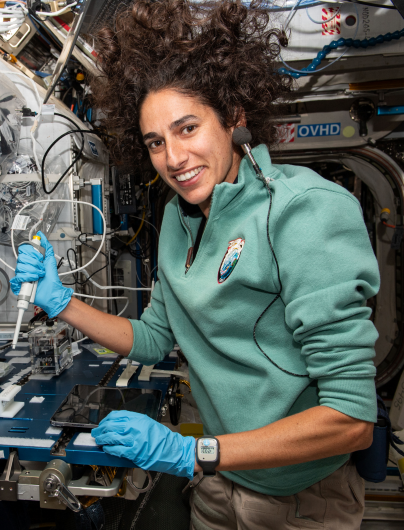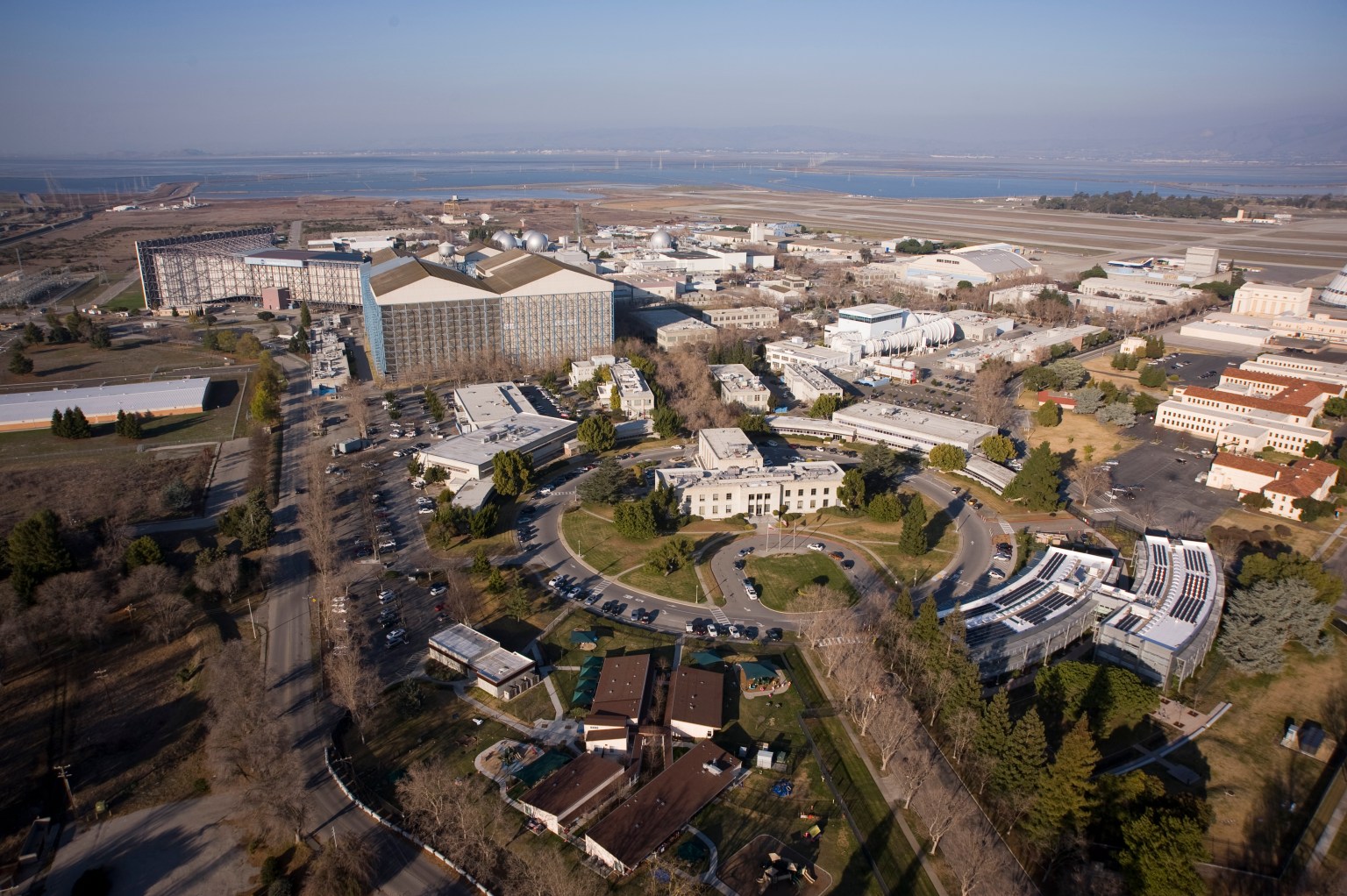Fruit Fly Lab
Tiny Flies Make Big Biology Happen in Space
To most people, fruit flies are just pests that hover around over-ripe bananas and other forgotten fruit. However, to scientists, fruit flies are an important model organism, and understanding what goes on within these tiny bugs can reveal big things about the basics of biology. NASA is studying fruit flies in space to help address the effects of long-duration space missions on an astronaut’s body and the way the body responds to new and stressful environments.
Fruit fly systems are simpler than mammals’, but there are important structural, functional and genetic components that are similar between the two. Approximately 75% of human disease genes have similar genes in the fruit fly, so studying them can help us understand human biology, too. Experiments taking place in the reduced-gravity of the International Space Station have already increased understanding of the human immune system and heart function, for example.
Fruit flies are well suited for space biology research because maintaining a large population requires few resources and little equipment. Also, their short life cycle allows scientists to study several generations in a single month. To help meet the need for fruit fly research conducted in the unique conditions of space, the Space Biosciences division at NASA’s Ames Research Center, in California’s Silicon Valley, developed the hardware and protocols necessary for scientists to send their fruit fly experiments to the space station.
Fruit Fly Lab-01 (FFL-01)
The Fruit Fly Lab-01 mission marked the first flight of a new research platform for long-duration experiments aboard the International Space Station. The Fruit Fly Lab system provided long-term housing for fruit flies, also known as Drosophila melanogaster, aboard the space station, under conditions of microgravity and simulated Earth gravity. The FFL-01 mission studied the effects of spaceflight on the immune response to infection and also served as a test of the new hardware’s performance. The FFL-01 mission launched to the space station in January 2015.
Learn more:
- NASA blog: Fruit Fly Lab (FFL-01) Engineer’s Blog
For researchers:
- NASA Ames Space Biosciences division technical experiment page: Fruit Fly Lab, FFL-01 (SpaceX CRS-5)
- For more information, see the Space Station Research Explorer for the Fruit Fly Lab-01 (FFL-01) mission.
The Fruit Fly Lab-02 mission (FFL-02) was the second experiment to use NASA’s Fruit Fly Lab hardware system aboard the International Space Station. This study explored the effects of spaceflight on cardiac disease and function. FFL-02 used the Vented Fly Box hardware to send flies to the space station, where they lived and reproduced in the space environment. This experiment included both healthy flies and flies that are genetically predisposed to heart dysfunctions. The flies grew and developed in space for the duration of the mission, then were sent back to Earth for further study. Findings from the FFL-02 mission will provide insight into the effects of spaceflight on the cardiovascular system. The mission launched to the space station in June 2017.
For researchers:
- NASA Ames Space Biosciences division technical experiment page: Fruit Fly Lab, FFL-02 (SpaceX CRS-11)
- See the Space Station Research Explorer page: The Effects of Microgravity on Cardiac Function, Structure and Gene Expression using the Drosophila Model (Fruit Fly Lab-02 (FFL-02))
- NASA fact sheet: Fruit Fly Research Aboard the International Space Station
Fruit Fly Lab-03 (FFL-03)
The common fruit fly has a complex immune system that can serve as a model for understanding how well the human immune system functions in space. The spaceflight environment is known to affect the interaction between disease-causing microorganisms, or pathogens, and the people or animals they infect. This could make them more susceptible to infection. It is even possible that, in space, pathogens may get better at causing disease. The Fruit Fly Lab-03 (FFL-03) mission will examine the combined effect of these changes during spaceflight. It will launch to the space station in April 2018.
For researchers:
- NASA Ames Space Biosciences division technical experiment page: Fruit Fly Lab, FFL-03 (SpaceX CRS-14)
- See the Space Station Research Explorer page: Does Spaceflight Alter the Virulence of a Natural Parasite of Drosophila (Fruit Fly Lab-03 (FFL-03))
For news media:
Members of the news media interested in covering these topics should reach out to the NASA Ames newsroom.
























